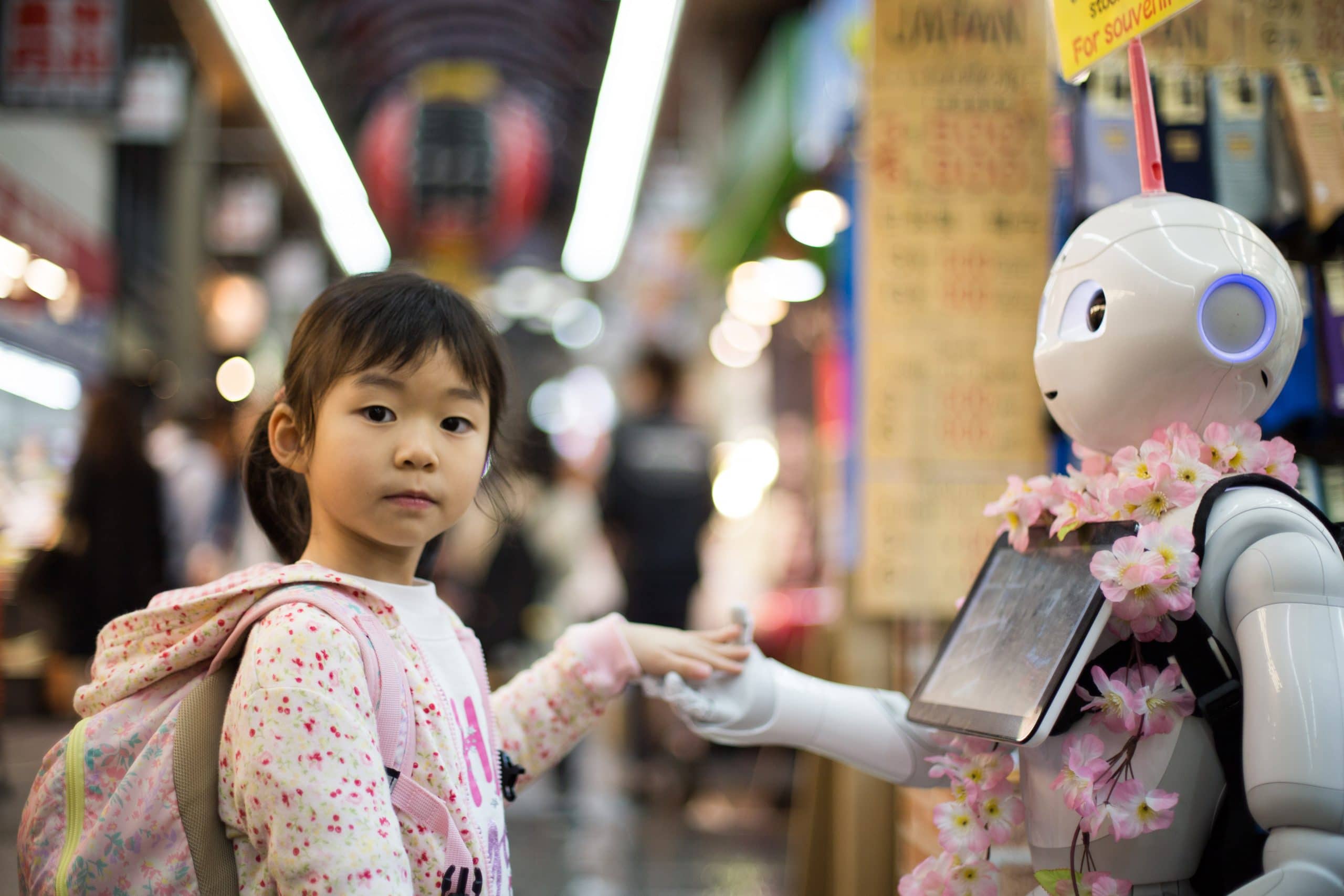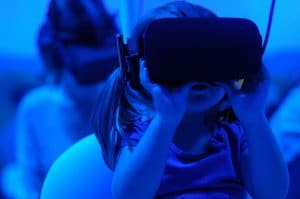Scientist Deb Roy has been building robots since he was a child. A tenured professor at MIT, he also served as chief media scientist at Twitter from 2013 to 2017. Ten-plus years ago, he thought that if he could only learn how a child’s mind developed, and then replicate that development, the result would be creation of intelligence in his robots. Roy imagined “a robot that can learn by listening and seeing objects.”
Enter a robot called Toco, the first to try to connect words with what it could see. Roy was able to teach Toco to understand language in relationship to objects using voice recognition and pattern-analysing algorithms. This was a great advancement. Roy visited an infant lab run by his wife, Rupal Patel, who conveniently happens to be a speech and language specialist at nearby Northeastern University. He started feeding the audio to Toco, who quickly began growing its basic vocabulary. But Toco needed to be fed much more data than the lab held.
It worked out for Roy because he and his wife had a baby. They had their house covered in microphones and cameras. Besides trying to create the largest home-video collection, Roy also wanted to use the thousands of hours of audio to teach his robot language. It was a very scientific approach to understanding learning. But even after 140,000 hours of audio, Toco was never able to make the language learning leap that infants do in their first year. Toco could only learn in the way that Roy had taught him.
Children don’t learn just by being fed thousands of hours of audio or video. Human brains are uniquely created to learn. Language is one way we understand and interpret other humans around us. This learning begins in utero, distinguishing the sound of our mother’s voice. Over time, our sensory abilities provide a multi-dimensional platform upon which to build the scaffold of a language framework in a giant 3-D grid in the human brain using 100 billion neurons.
Roy goes into more detail of language acquisition here:
The emotional growth of young children, formed mainly by interactions with a caregiver to whom they have attached, directly correlates to their ability to regulate themselves and then communicate effectively with their world. That is where creative play is integral, giving children the sense of belonging that provides the foundation of their ability to learn language, math, and science.
Growing up as a child means being free to explore and take risks. It is continuous. Human learning is a group activity, full of emotions and personal experience. Robot learning is based upon preset formulas and boundaries. Bridging the intelligence of humans and machines will rely upon the creativity of our own minds to teach robots to learn like children.
Read more here.
Reality Changing Observations:
1. Why do you think language is so important to learning?
2. Do you think we will ever be able to replicate in machines the language scaffolding we see in human development?
3. What does it say about our own untapped potential if even the most advanced machine learning is no match for a baby?





